-
 Bitcoin
Bitcoin $117600
-1.18% -
 Ethereum
Ethereum $3538
3.36% -
 XRP
XRP $3.367
3.65% -
 Tether USDt
Tether USDt $1.000
0.03% -
 BNB
BNB $734.5
1.51% -
 Solana
Solana $175.8
0.76% -
 USDC
USDC $1.000
0.05% -
 Dogecoin
Dogecoin $0.2365
10.85% -
 TRON
TRON $0.3245
2.63% -
 Cardano
Cardano $0.8192
2.14% -
 Hyperliquid
Hyperliquid $44.50
-4.65% -
 Stellar
Stellar $0.4652
0.73% -
 Sui
Sui $3.837
-4.92% -
 Chainlink
Chainlink $17.88
4.59% -
 Hedera
Hedera $0.2665
9.04% -
 Bitcoin Cash
Bitcoin Cash $510.2
3.07% -
 Avalanche
Avalanche $23.66
4.10% -
 Shiba Inu
Shiba Inu $0.00001467
2.33% -
 UNUS SED LEO
UNUS SED LEO $8.962
0.63% -
 Toncoin
Toncoin $3.224
0.40% -
 Litecoin
Litecoin $103.6
2.00% -
 Polkadot
Polkadot $4.276
1.91% -
 Uniswap
Uniswap $10.25
15.16% -
 Monero
Monero $328.6
-3.15% -
 Bitget Token
Bitget Token $4.934
3.93% -
 Ethena USDe
Ethena USDe $1.001
0.09% -
 Pepe
Pepe $0.00001320
-2.50% -
 Dai
Dai $0.9998
-0.02% -
 Aave
Aave $315.5
-2.87% -
 Bittensor
Bittensor $407.4
-5.97%
What is the "spread" fee on Coinbase?
The spread on Coinbase is the difference between buy and sell prices, acting as an implicit cost that fluctuates with market conditions and liquidity.
Jul 12, 2025 at 12:42 pm
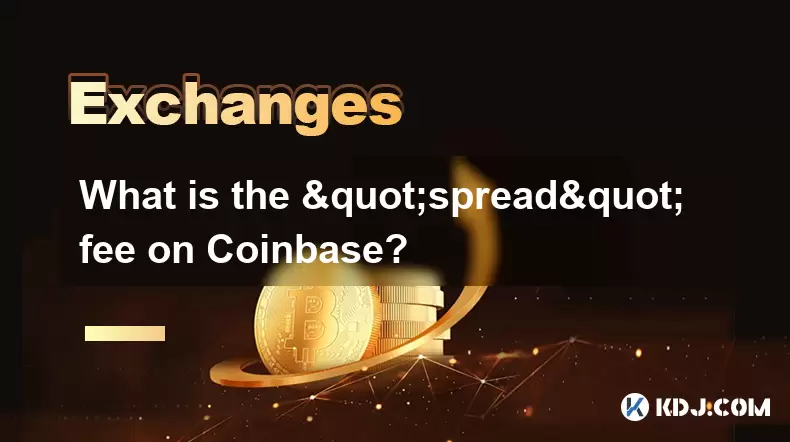
Understanding the Concept of "Spread" on Coinbase
The term "spread" on Coinbase refers to the difference between the buy price and the sell price of a cryptocurrency asset at any given time. This concept is borrowed from traditional financial markets, where the spread represents the cost incurred by traders when entering or exiting positions. On Coinbase, this spread is not explicitly shown as a separate fee but is embedded into the pricing of transactions.
When users purchase or sell cryptocurrencies on Coinbase, they might notice that the amount they pay per coin is slightly higher than the market price displayed elsewhere, such as on CoinMarketCap or CoinGecko. Similarly, when selling, the received amount may be slightly lower. This discrepancy is due to the spread, which acts as an implicit transaction cost. The spread fluctuates based on several factors including market conditions, trading volume, and liquidity.
How Does the Spread Work in Practice?
To better understand how the spread works, consider the following example:
- Suppose the current market price of Bitcoin (BTC) is $30,000.
- On Coinbase, the buy price might be $30,050 while the sell price could be $29,950.
- The $100 difference between these two prices is the spread.
This means that if you were to immediately buy and then sell BTC on Coinbase, you would incur a loss equivalent to the spread, assuming no other fees are involved. This phenomenon is more noticeable during periods of high volatility or low liquidity.
It's important to note that the spread isn't static — it widens or narrows depending on the supply and demand dynamics for each specific cryptocurrency on the platform.
Factors Influencing the Spread on Coinbase
Several elements influence the size of the spread on Coinbase:
- Market Volatility: During times of extreme price movement, the spread tends to widen. For instance, during major news events or regulatory announcements, the spread can increase significantly.
- Liquidity: Cryptocurrencies with higher trading volumes generally have tighter spreads. Assets like Bitcoin and Ethereum typically have smaller spreads compared to less popular altcoins.
- Time of Day: Trading activity varies across different time zones. The spread might be narrower during peak trading hours when there’s more buyer and seller participation.
- Platform Mechanics: Coinbase uses a proprietary pricing engine that aggregates data from multiple sources to determine the live price for each asset. This system introduces slight variations in the bid-ask prices, contributing to the spread.
These variables mean that users should monitor the spread before executing trades, especially when dealing with large amounts or volatile assets.
Distinguishing Between Spread and Other Fees
Many users confuse the spread with other types of fees charged by Coinbase, such as transaction fees, trading fees, or network fees. Here's how they differ:
- Transaction Fee: A flat fee applied when buying or selling crypto using a credit card or bank transfer.
- Trading Fee: A percentage-based fee applied to each trade executed on Coinbase Exchange. These vary depending on your trading volume and account type.
- Network Fee: Also known as gas fees, these are paid to blockchain miners or validators when sending crypto from one wallet to another.
- Spread: As explained earlier, this is the invisible cost embedded in the buy/sell price of crypto assets.
While transaction and trading fees are clearly listed on the platform, the spread is not directly visible. Users must infer its presence by comparing Coinbase prices with external exchanges or tracking platforms.
Minimizing the Impact of the Spread
If you're a frequent trader or investing significant amounts, minimizing the impact of the spread becomes crucial. Consider the following strategies:
- Use limit orders instead of market orders on Coinbase Exchange. Limit orders allow you to specify the price at which you want to buy or sell, potentially avoiding unfavorable spreads.
- Compare prices across multiple platforms before making a trade. If the same asset is available at a better price on another exchange, transferring funds may save money in the long run.
- Trade during high-liquidity periods. Avoid placing trades during market closures or off-peak hours when the spread might be wider.
- Monitor real-time data feeds or use tools like Coinbase Pro for more granular control over order execution and visibility into bid/ask prices.
Implementing these practices helps reduce the hidden costs associated with the spread and improves overall trading efficiency.
Frequently Asked Questions (FAQs)
Q: Is the spread the same across all cryptocurrencies on Coinbase?
A: No, the spread varies between different cryptocurrencies. Larger, more liquid assets like Bitcoin and Ethereum tend to have tighter spreads, while smaller or less-traded altcoins often have wider spreads.
Q: Can I see the exact spread before making a trade on Coinbase?
A: While Coinbase does not display the spread as a standalone figure, you can calculate it by checking the difference between the buy and sell prices shown on the platform before confirming a transaction.
Q: Why is the spread sometimes much larger on mobile apps compared to the desktop site?
A: Mobile applications may experience delays in updating live price data or may source prices differently, leading to temporary discrepancies. Always confirm the final price before executing trades on mobile devices.
Q: Does Coinbase charge both a spread and a transaction fee?
A: Yes, Coinbase applies both the spread (embedded in the price) and explicit fees such as transaction fees or trading fees, depending on the method used and the type of trade executed.
Disclaimer:info@kdj.com
The information provided is not trading advice. kdj.com does not assume any responsibility for any investments made based on the information provided in this article. Cryptocurrencies are highly volatile and it is highly recommended that you invest with caution after thorough research!
If you believe that the content used on this website infringes your copyright, please contact us immediately (info@kdj.com) and we will delete it promptly.
- BlockDAG, Jupiter, Aptos: Decoding the Hottest Crypto Plays
- 2025-07-18 23:10:13
- XRP, Bitcoin, and Price Predictions: Decoding the Crypto Crystal Ball
- 2025-07-18 23:10:13
- GENIUS Act Sparks $4 Trillion Crypto Market Surge: What's Next?
- 2025-07-18 23:50:13
- PM Modi, Rajendra Chola, and a Coin Release: A Historical Confluence
- 2025-07-18 23:50:13
- MBG Token's Gate.io Listing: A New Era for MultiBank Group
- 2025-07-18 23:55:14
- Dogecoin, Retail Payments, and Price Surges: What's the Hype?
- 2025-07-18 23:55:14
Related knowledge
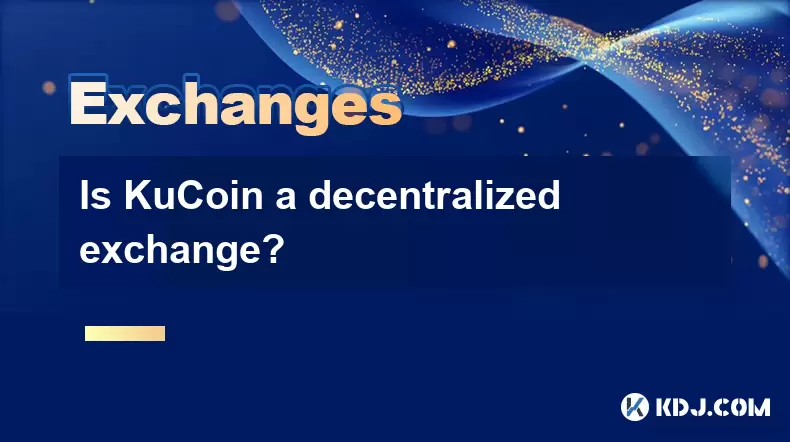
Is KuCoin a decentralized exchange?
Jul 18,2025 at 03:15pm
Understanding Decentralized Exchanges (DEXs)To determine whether KuCoin is a decentralized exchange, it's essential to first understand what defines a...
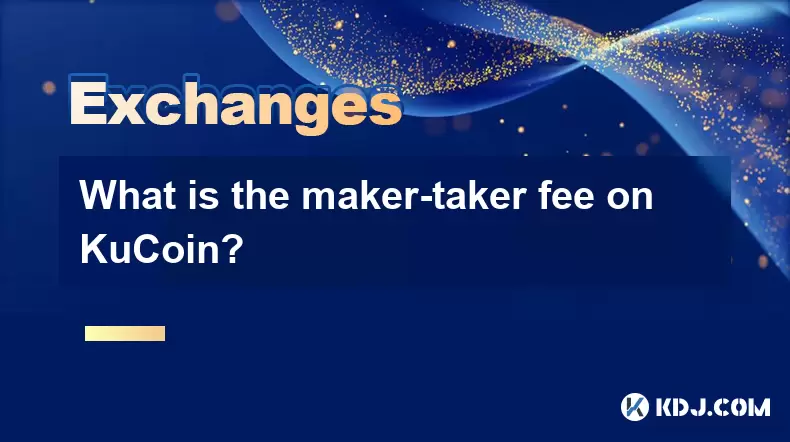
What is the maker-taker fee on KuCoin?
Jul 18,2025 at 12:42pm
Understanding the Maker-Taker Fee ModelThe maker-taker fee model is a pricing structure used by many cryptocurrency exchanges, including KuCoin, to de...
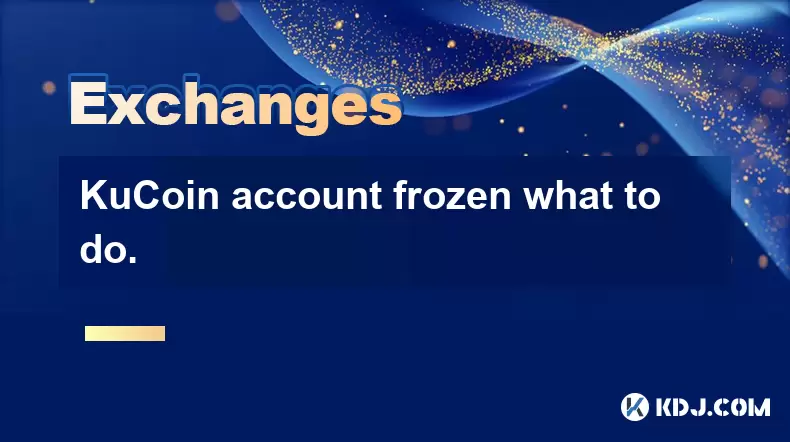
KuCoin account frozen what to do.
Jul 19,2025 at 12:08am
Understanding Why a KuCoin Account Gets FrozenIf your KuCoin account has been frozen, the first step is to understand why this has happened. KuCoin, l...

k mine's captal RAt boat but a toostorial isled.
Jul 18,2025 at 01:49pm
Understanding the KuCoin Spot Grid BotThe KuCoin Spot Grid Bot is a trading tool designed to help users profit from market volatility without the need...
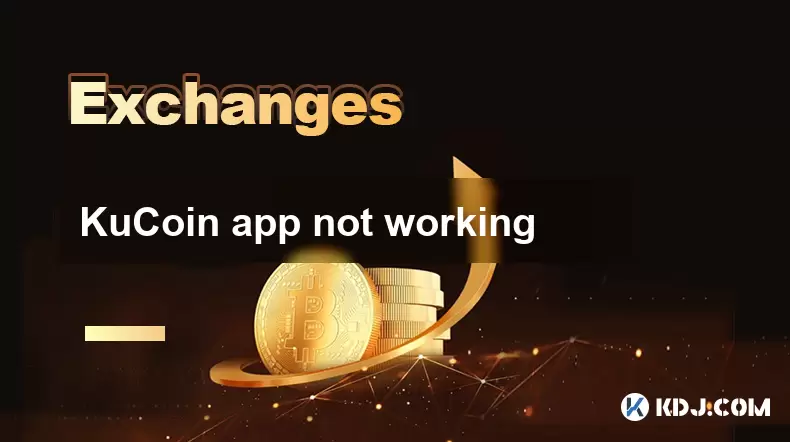
KuCoin app not working
Jul 18,2025 at 09:21pm
Understanding the Common Issues with the KuCoin AppUsers often report that the KuCoin app not working properly on their devices. This can manifest in ...
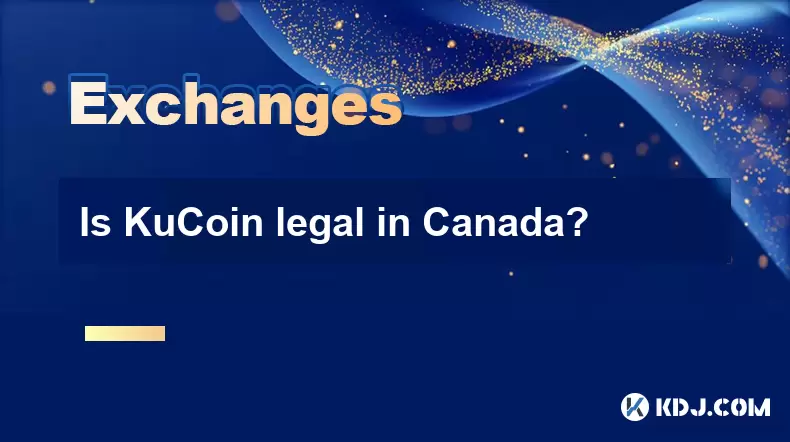
Is KuCoin legal in Canada?
Jul 18,2025 at 04:14pm
Understanding the Legal Status of KuCoin in CanadaKuCoin is a global cryptocurrency exchange platform that allows users to trade various digital asset...

Is KuCoin a decentralized exchange?
Jul 18,2025 at 03:15pm
Understanding Decentralized Exchanges (DEXs)To determine whether KuCoin is a decentralized exchange, it's essential to first understand what defines a...

What is the maker-taker fee on KuCoin?
Jul 18,2025 at 12:42pm
Understanding the Maker-Taker Fee ModelThe maker-taker fee model is a pricing structure used by many cryptocurrency exchanges, including KuCoin, to de...

KuCoin account frozen what to do.
Jul 19,2025 at 12:08am
Understanding Why a KuCoin Account Gets FrozenIf your KuCoin account has been frozen, the first step is to understand why this has happened. KuCoin, l...

k mine's captal RAt boat but a toostorial isled.
Jul 18,2025 at 01:49pm
Understanding the KuCoin Spot Grid BotThe KuCoin Spot Grid Bot is a trading tool designed to help users profit from market volatility without the need...

KuCoin app not working
Jul 18,2025 at 09:21pm
Understanding the Common Issues with the KuCoin AppUsers often report that the KuCoin app not working properly on their devices. This can manifest in ...

Is KuCoin legal in Canada?
Jul 18,2025 at 04:14pm
Understanding the Legal Status of KuCoin in CanadaKuCoin is a global cryptocurrency exchange platform that allows users to trade various digital asset...
See all articles

























































































